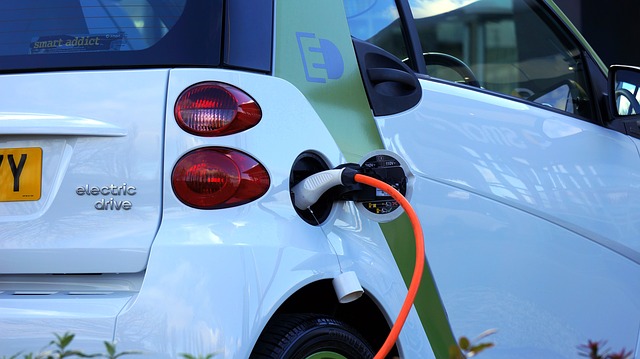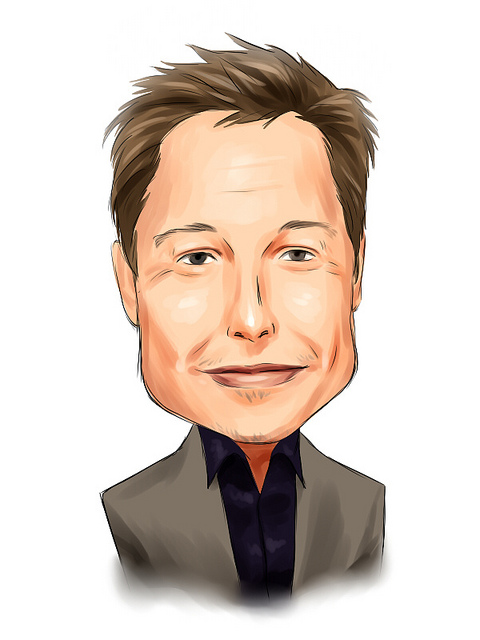Reutilizing carbon dioxide to produce clean burning fuels
David Go has always seen himself as something of a black sheep when it comes to his scientific research approach, and his recent work in developing clean alternative fuels from carbon dioxide is no exception.
In 2015, Go and his research team at the University of Notre Dame were awarded a $50,000 grant to purse innovative electrochemical research in green energy technology through the ECS Toyota Young Investigator Fellowship. With a goal of aiding scientists in advancing alternative energies, the fellowship aims to empower young researchers in creating next-generation vehicles capable of utilizing alternative fuels that can lead to climate change action in transportation.
The road less traveled
While advancing research in electric vehicles and fuel cells tend to be the top research areas in sustainable transportation, Go and his team is opting to go down the road less traveled through a new approach to green chemistry: plasma electrochemistry.
(MORE: Read Go’s Meeting Abstract on this topic, entitled “Electrochemical Reduction of CO2(aq) By Solvated Electrons at a Plasma-Liquid Interface.”)
“Our approach to electrochemistry is completely a-typical,” Go, associate professor at the University of Notre Dame, says. “We use a technique called plasma electrochemistry with the aim of processing carbon dioxide – a pollutant – back into more useful products, such as clean-burning fuels.”



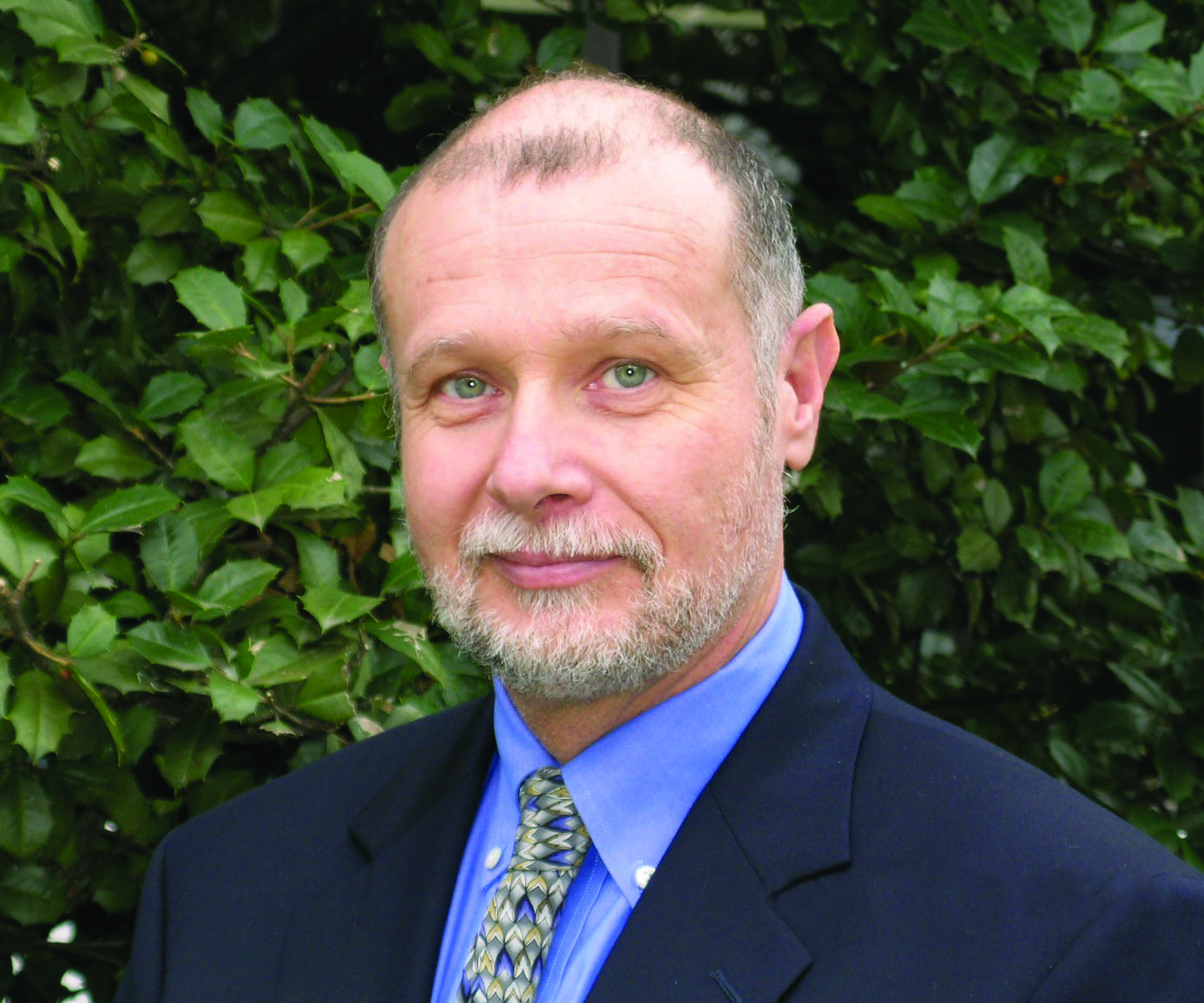 Former ECS President and U.S. Naval Research Laboratory scientist,
Former ECS President and U.S. Naval Research Laboratory scientist, 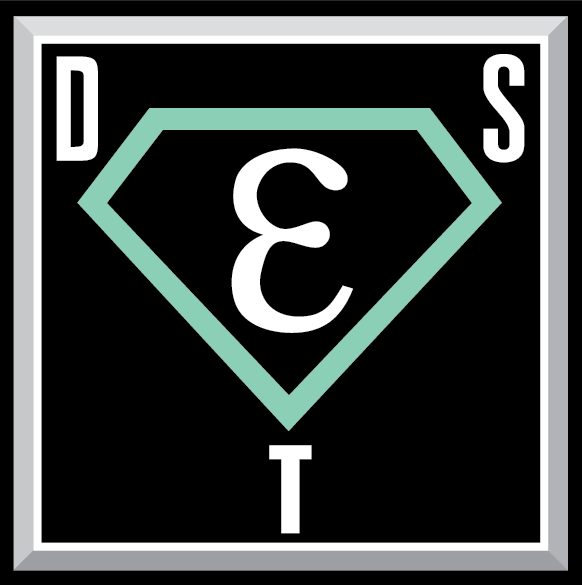 Nomination Deadline: August 1, 2016
Nomination Deadline: August 1, 2016 A recent survey shows the scholarly publication model is changing, and researchers are embracing that change.
A recent survey shows the scholarly publication model is changing, and researchers are embracing that change.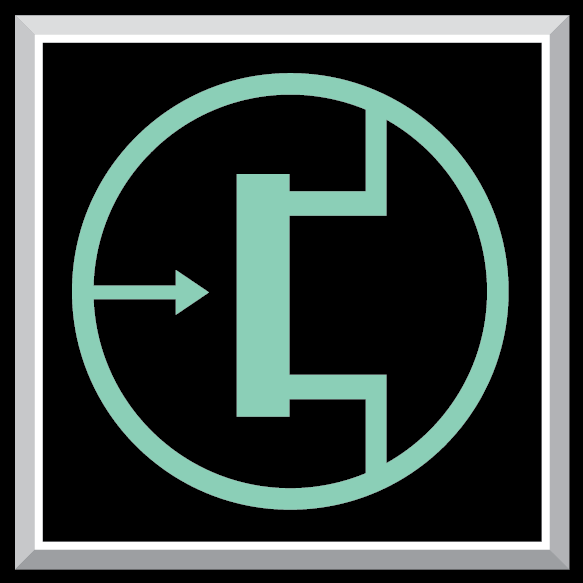 Nomination Deadline: August 1, 2016
Nomination Deadline: August 1, 2016

